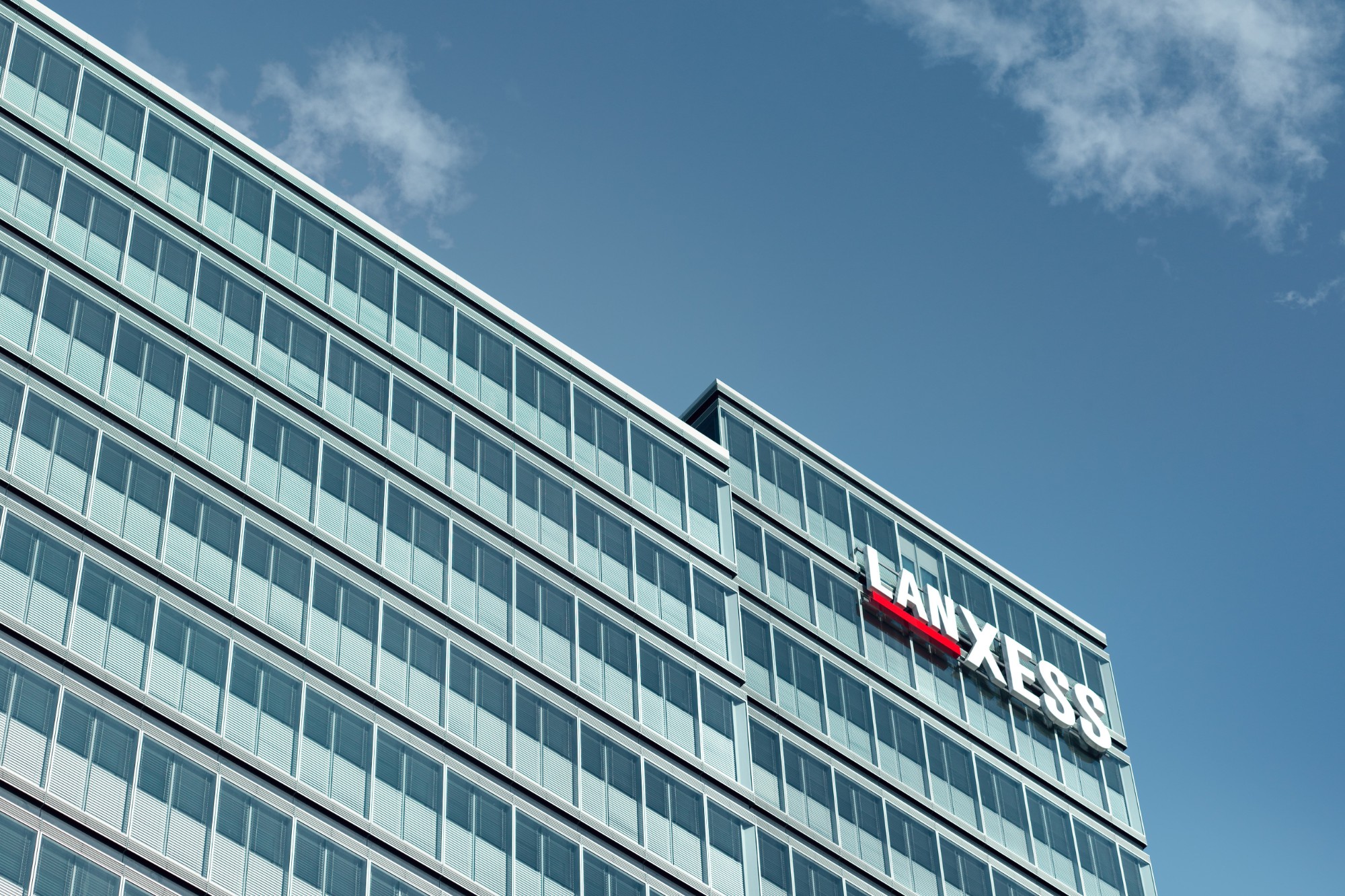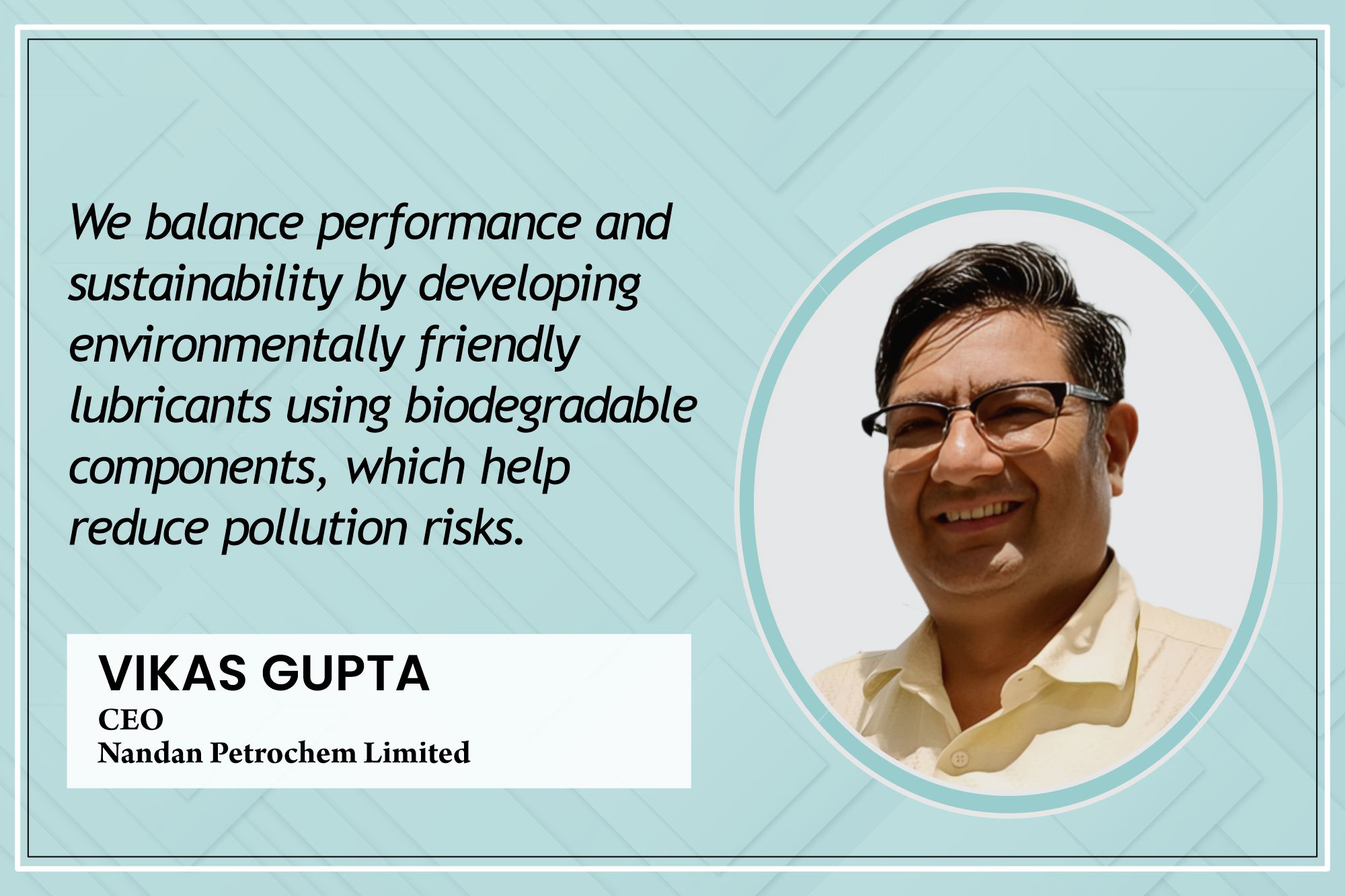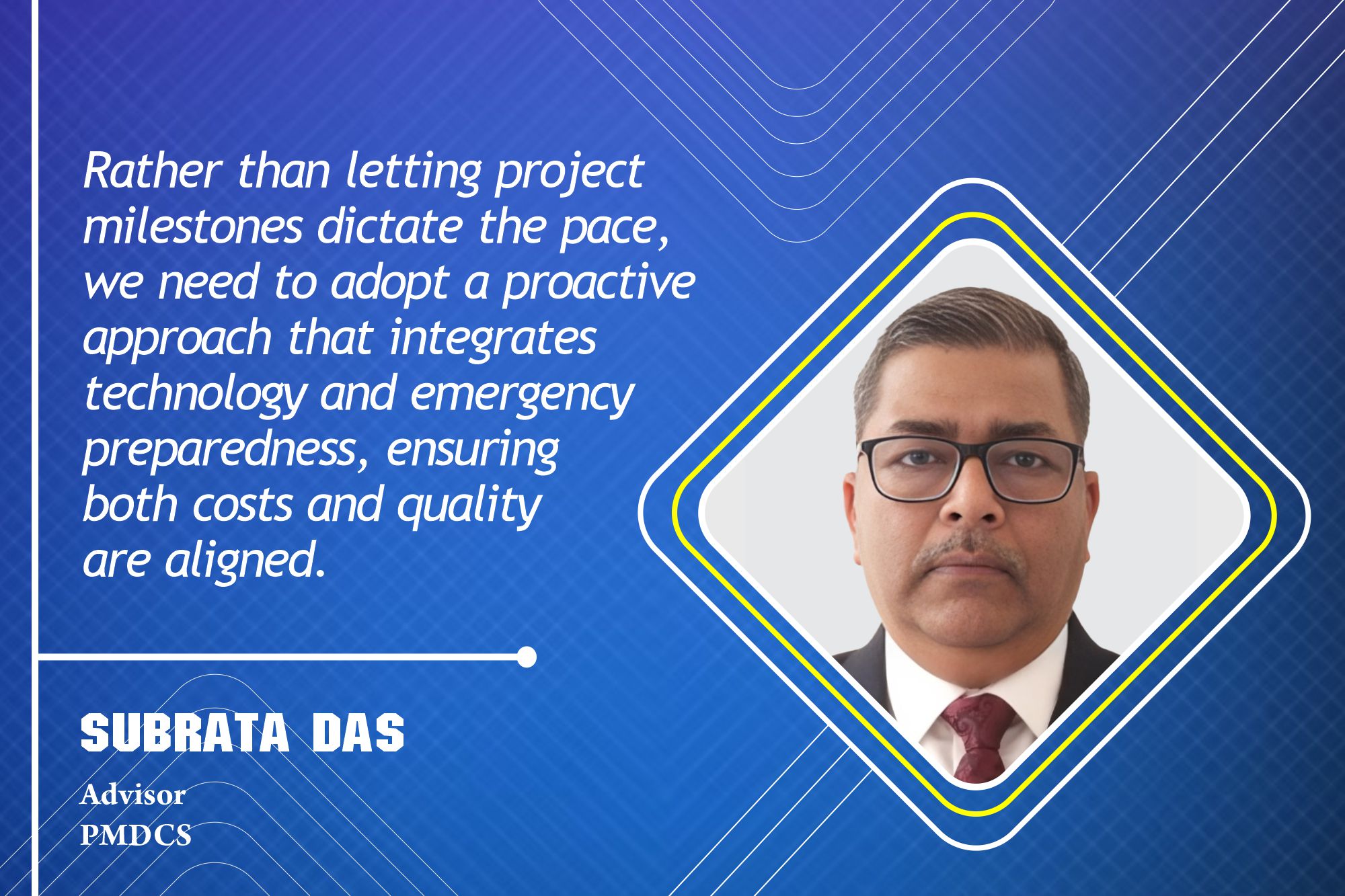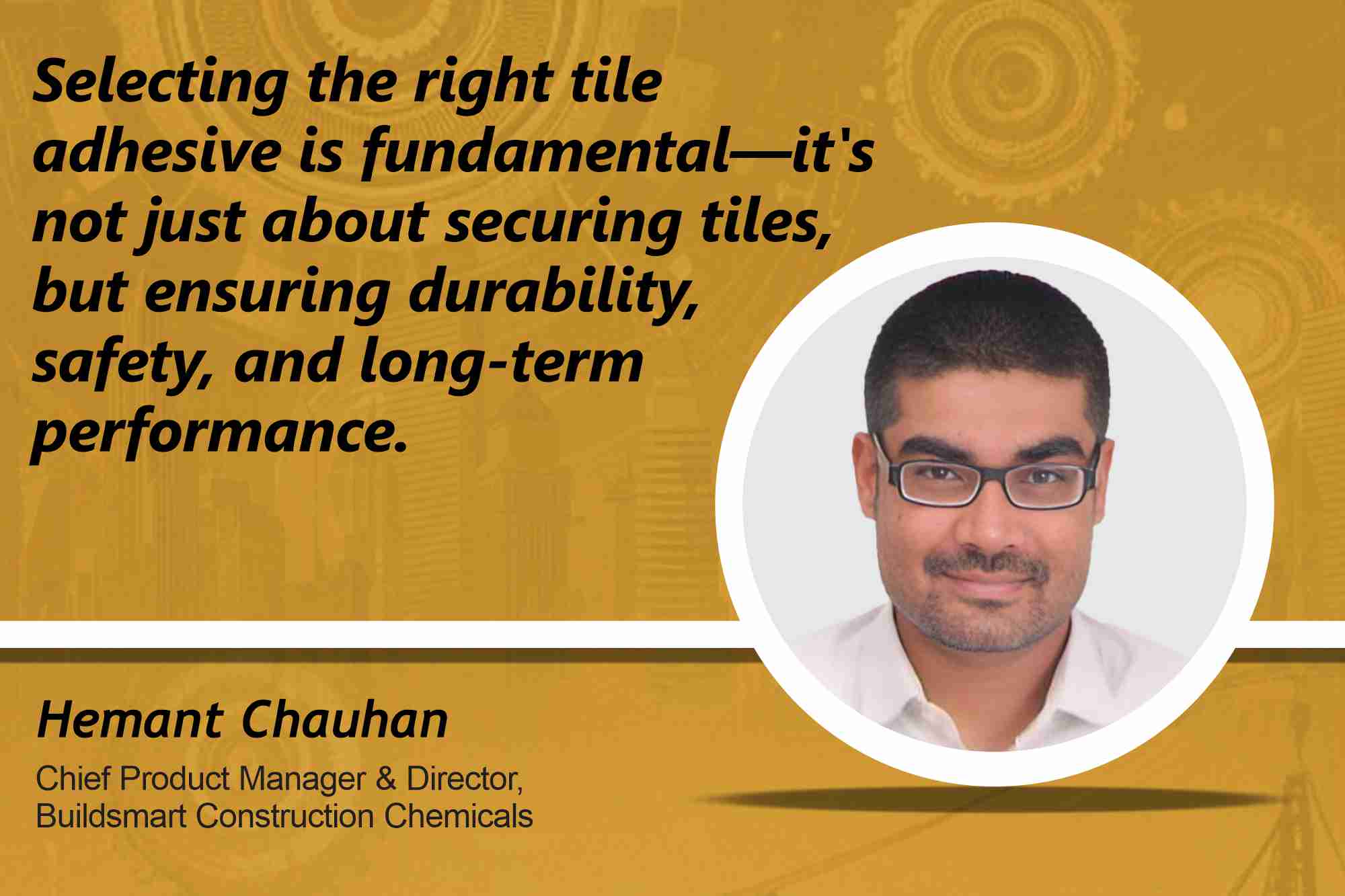Alleviate corrosion impact on structures
By Edit Team | September 17, 2018 11:28 am SHARE

Techniques in vogue to either delay or prevent the onslaught and adverse effect of corrosion.
Corrosion of reinforcement steel in concrete structures and steel members in the steel structures is a major challenge faced by engineers and owners. According to estimates, the financial loss suffered by the industry due to corrosion of steel is of the order of about 2 to 2.5 per cent of the world GDP. Corrosion directly results in the loss of structural capacity as well as durability of structures. Various techniques are aimed at addressing the root cause of corrosion problem and also implementing the protective systems to prevent further progress of corrosion.
Reducing corrosion impact
Anti-carbonation barrier coatings
Corrosion of steel is a natural process. Iron, which is a raw material of steel, is manufactured by beneficiation of iron ore. Corrosion of steel is nothing but oxidation of metallic iron in the presence of water and oxygen and iron ore is also very high oxide of iron. Hence, in the corrosion process the metallic iron (steel) goes back to the state where it has come from (ore) and is a natural process. As the interaction between steel, oxygen and water triggers corrosion, the obvious techniques involved are isolation of these elements coming in contact with each other in the structures.
Concrete is an alkaline medium. This alkalinity of concrete protects the passivating layer of embedded reinforcing steel protecting it from corrosion. The alkalinity of the concrete is attacked by carbon dioxide present in the atmosphere. According to M N Ramesh, Director, Talrak Construction Chemicals Pvt Ltd, “The measure to prevent corrosion of embedded steel is obviously providing a barrier for the entry of carbon dioxide into the concrete. Hence, providing anti-carbonation barrier coatings to the surface of concrete is one of the effective measures to alleviate the impact of atmospheric corrosion of reinforcement in the RCC structures. Similarly, surface barrier coatings on the steel structural members protect them from corrosion.”
He adds, “Yet another important cause of corrosion is chloride attack both on RCC and steel structures. Chloride ions cause pitting corrosion of steel in an electro chemical process. Hence, the electro-chemical protection such as galvanic coatings, sacrificial anodes and cathodic protection techniques are in vogue to alleviate the impact of corrosion of steel.”
Protective coatings for durability
Concrete is said to be durable when it can withstand design exposure conditions over its service life with little deterioration. Durability is a function of the quality and quantity of cover to the reinforcement. Considering practicality of construction coupled with completion deadlines, it becomes virtually impossible to cast specified cover in terms of quality and quantity. The outermost layer of concrete therefore becomes the weakest one. A combination of the porous nature of concrete and a weak cover lead to diffusion of detrimental materials like water, CO2, chlorides and SO2 into concrete. These materials or a combination thereof, lead to loss of passivity and corrosion of the steel and ultimately deterioration of the concrete.
Sunny Surlaker, Technical Advisor, Assess Build Chem Pvt Ltd., says “Durability of concrete can be greatly enhanced by the use of appropriate protective coatings that can form a physical and a chemical barrier against ingress of water, chlorides, CO2 and SO2. Paints and other decorative coatings are designed for aesthetic purposes and normally not for protection of concrete against carbonation, chloride attack, UV radiations and for crack bridging properties.” Using the appropriate concrete protection incorporating these properties will help in mitigating corrosion of reinforcement in RCC.
Several benefits can be obtained by incorporating surface treatments in a well-designed manner right from conception of project. Although the main function of any surface protectant is moisture ingress control either by physical barrier concept or conversion of capillaries to hydrophobic, the coatings can also be designed for resisting chemicals. Chloride ingress can be effectively controlled by surface protectants. Further, the diffusivity of carbon dioxide, sulphur dioxide and oxygen can be lowered for corrosion control. Root and vegetation growth can be prevented in concretes under damp conditions.
The challenge here is to choose the right coating for the right application. For e.g. Marine structures, wastewater treatment structures, wet areas in bathrooms and building construction, terraces, interior walls of water tanks, etc. call for thick protective coatings. Exposed concrete structures like bridges, power plants, fair face finished building walls, external faces of water tanks, etc., call for special anti-carbonation coatings.
Corrosion on variety of structures
• Corrosion of structural steel
Hasan Rizvi, Sr. Vice President, STP Ltd says, “The corrosion of structural steel is an electrochemical process that requires the simultaneous presence of moisture and oxygen. Essentially, the iron is oxidised to produce rust, which occupies about six times the volume of the original material.” The rate at which the corrosion process progresses depends on a number of factors, but principally the ‘micro-climate’ immediately surrounding the structure.
• Corrosion of steel in concrete structures
The water penetration helps corrosion of the steel reinforcement. As the rust has more volume then the original steel bar, the rust causes tension in the surrounding concrete. As the cover of concrete is limited on the outer side, the resultant tensile force causes cracks formation and the crack permit easier entry of water and oxygen to form more rusting. Result leads to increase in volume and the cracks in concrete get wider and wider. The surrounding concrete becomes partly disintegrated which finally causes spalling.
• Corrosion resistant coatings
Corrosion-resistant coatings ensure metal components have a longer life. Metal coatings are idly used coatings in the industry. The function of the coating is to act as a barrier that inhibits contact between chemical compounds or corrosive materials with the metal housing.
Technologies to combat oxidation, moisture, harsh chemicals
Talrak’s hyper plasticisers
The easiest way of protection of steel in concrete is to make good impermeable concrete in the first place. Ramesh from Talrak Construction Chemicals says, “We offer high-performance hyper plasticisers to be used in concrete in order to optimise the water – cementitious ratio to make strong and dense concrete. The other technologies that we offer for better protection against corrosion are corrosion inhibiting admixtures, high performance surface coatings for steel and concrete etc.” These prevent entry of harmful chemicals and moisture and also prevent the diffusion of chloride ions and carbon dioxide combating corrosion of steel in concrete. Similarly, surface coatings are offered for structural steel members.
Ranges of protective measures by Assess Build
According to Surlaker from Assess Build Chem, “Today’s protective coatings are designed and available for a variety of protective measures.” These include pH resistant coatings for STPs, water and wastewater treatments, anti-carbonation coatings for protection of concrete over ground, various waterproofing treatments based on PU, acrylates, acrylic-cement combinations and specialised waterproof thermal barrier coatings. These solutions are available and in use today.
STP’s anti-corrosion coatings
ShaliPlast LW++
Effect of addition of ShaliPlast LW++, migratory corrosion inhibitor in concrete block would result in corrosion free rebar. They are widely used in concrete repairs. Protection of concrete from highly corrosive environment in chemical plant by using ShaliKote NES and ShaliPoxy GF; is a two component, glass flakes reinforced epoxy coating having excellent abrasion or chemical resistance and high barrier properties. It can be used as abrasion resistant coating above and below water vessel areas subject to corrosion. ShaliPoxy GF is suitable for use in marine environments as protective coating from acids, alkalis, solvents and salts. The protective coating, are effective for neutralisation and acid pits.
ShaliPoxy CTE 303
Coal Tar Epoxy (ShaliPoxy CTE 303) is quite often used in marine structures like jetties. PU coatings – ShaliUrethane PC; is a two component, solvent free, 100 per cent solid, fast curing, protective polyurethane tough coating for external or internal surface of concrete or steel pipes and structures. ShaliUrethane PC is spray applied by plural component airless spray gun and has excellent mechanical properties or abrasion resistance.
“When it comes to corrosion protection, different kinds of material are available. The usage depends on the kind of environment the structure is exposed. Choosing the right methodology for the treatment is very important.” Rizvi concludes.
Galvanic coatings, sacrificial anodes and cathodic protection techniques are in vogue to alleviate the impact of corrosion of steel.
M N Ramesh, Director, Talrak Construction Chemicals Pvt Ltd
Concrete durability can be enhanced by using protective coatings that can form a physical and a chemical barrier against ingress of water, chlorides, CO2 and SO2.
Sunny Surlaker, Technical Advisor, Assess Build ChemPvt. Ltd.
When it comes to corrosion protection, different kinds of material are available. The usage depends on the kind of environment the structure is exposed to.
Hasan Rizvi, Sr. Vice President, STP Ltd
Cookie Consent
We use cookies to personalize your experience. By continuing to visit this website you agree to our Terms & Conditions, Privacy Policy and Cookie Policy.








































































